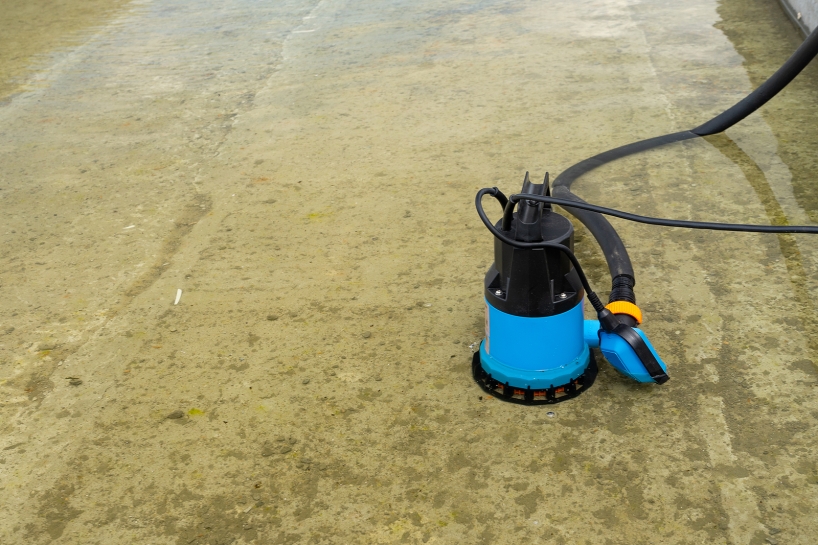
August 25th, 2022 by
A submersible pump does as the name suggests: a pump that is designed to be submerged in water. It, therefore, pumps the water out by forcing it up through a hose, as opposed to using suction from an area outside of the water.
The advantages of using a submersible pump
There are a number of advantages to using a submersible pump, compared to other types of pumps. Firstly, they don’t need to be primed, which means they get to work straight away. Secondly, they don’t run dry, which is a major cause of many pumps becoming damaged. This is because they remain submerged in water until a float switch detects that the water level is too low, and automatically shuts it down.
They are also very energy efficient as they don’t need the suction lift of an external pump, and that puts less strain on the motor, preserving its life for longer. They are also really useful for any bodies of water where it’s difficult to accommodate an external pump, for example, a cellar where the whole space is filled with water. Being submerged in water helps dampen any noise so they’re very quiet to operate.
Why might you need a submersible pump?
A submersible pump has a number of applications: it’s a quick and convenient way to empty a hot tub, swimming pool, or pond. Obviously, it’s also good for getting rid of flood water, whether that’s keeping on top of a cellar that’s prone to flooding, or dealing with the aftermath of a burst pipe, flash flood, or sewage leak. As our climate becomes more erratic, having a submersible pump to hand in an emergency could just make a huge difference in minimising damage.
Features to look for
When choosing the right pump for your needs, it’s useful to understand the different features and the applications that they are most useful for. Here are the main things to look for:
- Size of Motor

Obviously, the size of the motor determines how powerful it is. For a small body of water such as a hot tub or a cellar that just gets a few inches of water, 400W will probably be sufficient. For larger bodies, you will probably need to go for 750W or even 1100W. - Flow Rate
The flow rate tells you how long it takes to move a fixed volume of water. This is largely down to the motor size, but it will give you an idea of how long it would take to drain a space where you have an idea of volume. For example, this pump with a 750W motor has a flow rate of 14,000L per hour and this model with a 400W motor has a flow rate of 8000L per hour. An average 4-seater hot tub holds 1,250 litres. - Waterproof Rating
Obviously, as the pump needs to be submerged in water, it needs a good waterproof rating, but they are not all created equal. Look for a rating of at least IPX8, which makes it safe up to a depth of 7 metres. - Hose Length
The pumps work by placing the pump itself into the water and directing a hose out to move the water to somewhere it can be safely disposed of, such as a drain. The deeper the water, the longer the hose will need to be. Hoses range in length from 5m to around 25m so choose one appropriate to your intended use. You can buy hoses separately. Remember that the deeper the water, the more power you will require to push the water to the surface so bear this in mind too. - Hose Rating
As well as length, you need to consider how robust a hose you need. Look at what pressure it can handle and what temperatures it can cope with. - Clean or Dirty Water?
Often, the water you need to move will be dirty (eg pond water, sewage, flood water) and it can contain various particles such as stones, twigs, dirt, and organic matter so you need to make sure that the pump you choose can deal with the kind of water you intend to move. Look for the particle rating. A pump with a particle size of up to 35mm can handle most dirty water types. - Float Switch
Choose pumps that have a float switch as this means it will start the pump as soon as it detects that it is submerged (and save you having to wade into potentially dirty water to activate it) and turn off again once the water level has dropped to the minimum level.
Comments
Leave a reply
Your e-mail address will not be published. All fields are required



